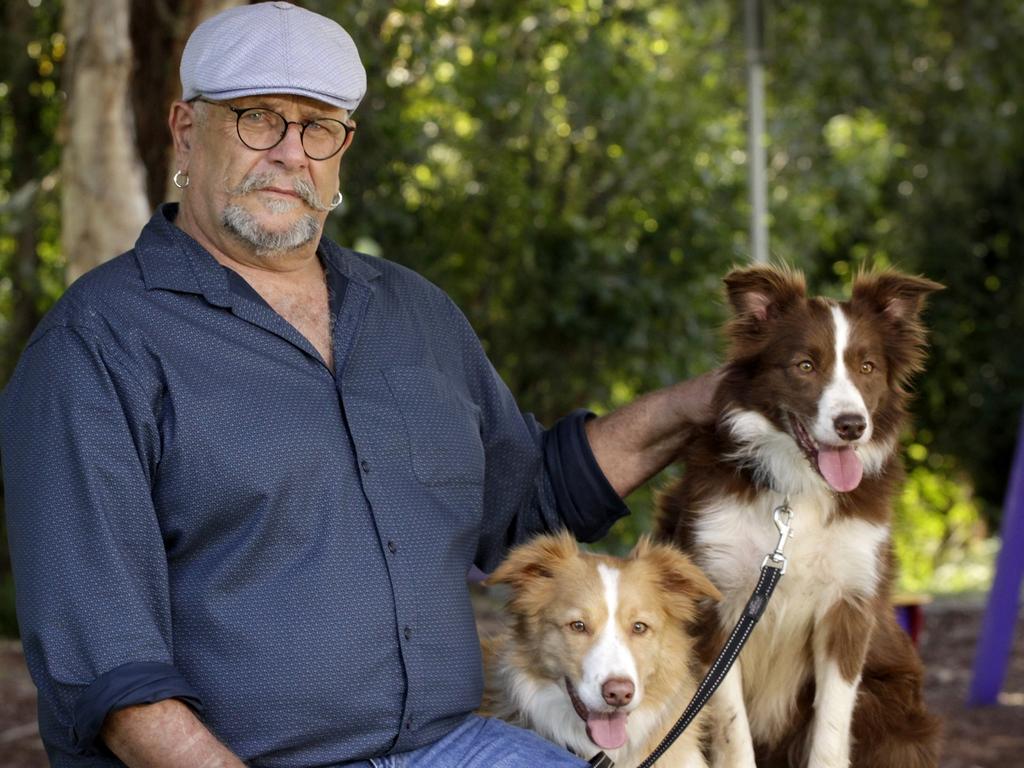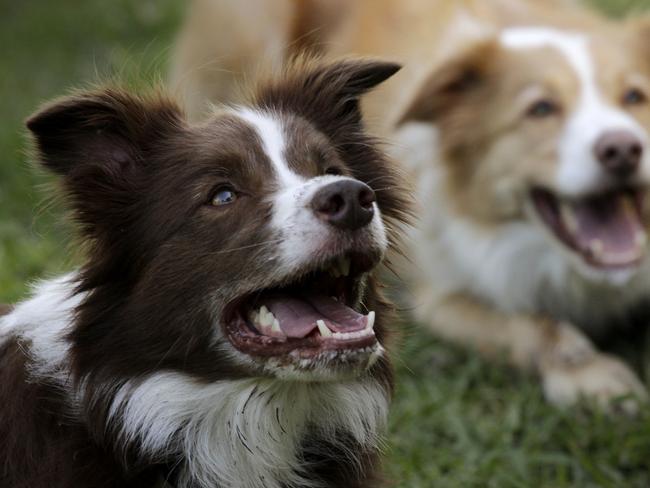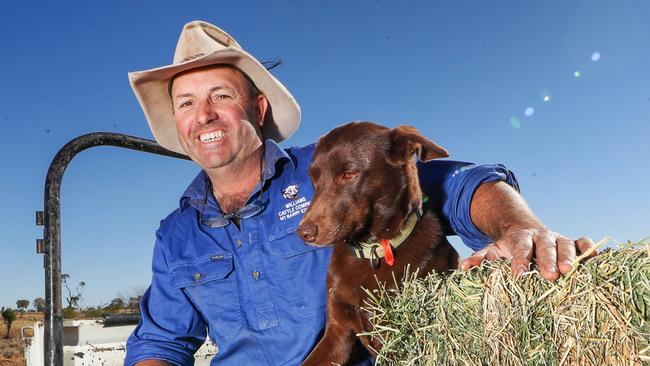How the Australian working dogs descended from dingoes
Despite a tarnished reputation, Australia is in debt to dingoes. That’s the message from author-dog behaviourist Guy Hull. Learn out how he connects them to working dogs today and find the best dog-friendly activities near you.
Pets and Wildlife
Don't miss out on the headlines from Pets and Wildlife. Followed categories will be added to My News.
- The biggest mistakes we’re making at dog parks
- How one man and his dogs are helping keep kids out of jail
The dingo has an image problem.
It is a wild animal, sure, but it is collared by a reputation that is difficult to shake: the stuff of nightmares and myth.
But ask author and dog behaviourist Guy Hull about Australia’s canine history and it becomes clear this country has a major debt to the dingo.
Mr Hull’s 2018 surprise bestseller, The Dogs That Made Australia, went some distance toward correcting the record, perfectly illustrating the author’s view that every dog breed is a snapshot of history.

The book is a rollicking account of Australia’s pastoral pioneers, demonstrating today’s thriving beef and wool industries owe a large slug of their success to working dogs.
At heart, The Dogs That Made Australia is also, in a line from the book, ‘a unique wild dog redemption story.’ That is where the dingo comes in.
Speaking from his Byron Bay home in NSW, Mr Hull said the unforgiving environment which greeted British settlers quickly threatened to overwhelm both the colonisers and the limited livestock they brought with them.
DOGS OF OZ COMP
Do you have Australia’s Top Dog? Enter here and WIN!
“The First Fleet didn’t bring any working dogs with them and for a start they lost all of their cattle,” he said.
“They brought five cows and two bulls from the Cape of Good Hope.
“They didn’t have any dogs to control them and they lost them for seven years.”
The animals were anything but idle while free.
Rediscovered in Camden in 1795, in an area promptly renamed Cowpastures, they had expanded to 62 head, neatly demonstrating cattle could thrive in the new colony.

British dogs brought to work the cattle, on the other hand, were not up to long distance droving.
“If you’re not built like a dingo, you don’t survive the bush in Australia,” Mr Hull said. “They needed that base stock of a wild animal to be able to survive.”
He credits Thomas Hall with engineering the canine solution.
Originally hailing from Northumberland, with a family property holding eventually extended to more than a million acres between NSW and Queensland, Hall imported a family-bred cur and selectively crossed it with a dingo, creating a cattle dog uniquely suited to Australian conditions.

“From about 1820 to 1870, those dogs were a privately owned breed, the opposition couldn’t get hold of them,” Mr Hull said.
“Those dogs gave (the Halls) a great advantage over their competitors and they were the major beef producers for New South Wales until 1870.
“This country would have been impossible to establish without the use of the dog.
“In regards to the beef industry, it was harnessing the dingo and crossbreeding it with the cur that made (Australian beef) possible. The very nature of Australia really demanded it.”
Better known today as the Blue Heeler or the Australian cattle dog, Hall’s crossbreed delivered the first truly Australian working dog – although Mr Hull disputes even calling the dingo a dog.

“The dingo’s not a dog,” he said. “It looks like a dog, it acts like a dog, but it’s actually a wolf, based on its reaction to humans,” he said.
The book also explores in vivid detail the development of Australia’s beloved sheepdog, the kelpie, and the rise and rise of our world-beating wool industry. While kelpies win the popularity contest every time, Hull considers the development of Hall’s heeler a defining moment in Australia’s working past. We have the dingo to thank for that.

